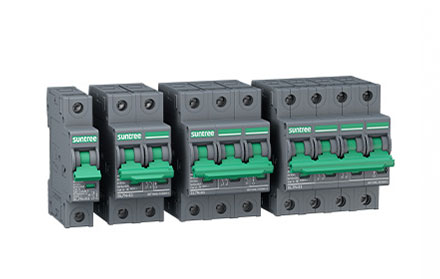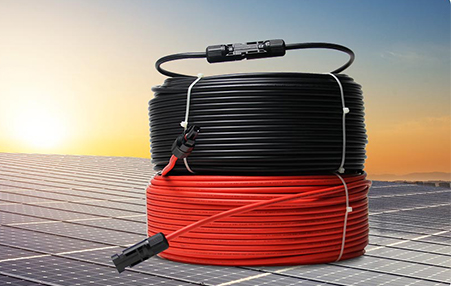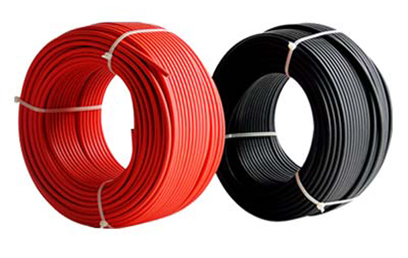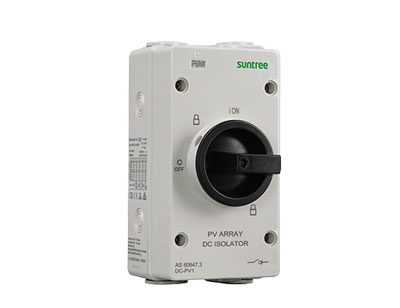How does a DC circuit breaker work?
In the realm of electrical systems, circuit breakers play a pivotal role in safeguarding equipment and preventing potentially hazardous situations. While AC circuit breakers are widely known and used, DC circuit breakers are equally important, especially in applications like renewable energy systems, electric vehicles, and aerospace technology. This article aims to elucidate the workings of DC circuit breakers, shedding light on their importance and functionality.
Structure and composition of DC circuit breaker
- Contacts: These are the conductive parts that make or break the electrical connection in the circuit. They are designed to handle the rated current and withstand the heat generated during operation.
- Arc Chutes: When the contacts open, an electric arc forms between them due to the ionization of air. Arc chutes are structures designed to quickly cool and extinguish this arc, preventing damage to the contacts and surrounding components.
- Operating Mechanism: This mechanism controls the opening and closing of the contacts in response to electrical faults. It may be manual, electromagnetic, or hydraulic, depending on the application and requirements.
- Trip Unit: The trip unit is the sensing and decision-making component of the circuit breaker. It detects abnormalities in the electrical parameters such as overcurrent, short circuit, or ground fault, and signals the operating mechanism to trip the contacts open.
How Do DC Circuit Breakers Work?
The operation of a DC circuit breaker can be summarized in the following steps:
- Normal Operation: Under normal conditions, the contacts remain closed, allowing current to flow through the circuit unimpeded.
- Fault Detection: When a fault occurs, such as overcurrent or short circuit, the trip unit senses the abnormal condition by monitoring parameters like current, voltage, or temperature.
- Trip Signal: Upon detecting a fault, the trip unit sends a signal to the operating mechanism, initiating the opening of the contacts.
- Arc Extinction: As the contacts separate, an electric arc forms between them. The arc chutes facilitate the rapid cooling and interruption of this arc, preventing sustained arcing that could damage the circuit breaker.
- Isolation: Once the arc is extinguished, the contacts are fully open, isolating the faulty section of the circuit from the rest of the system.
- Reset and Reclose: After the fault is cleared, the circuit breaker can be manually or automatically reset, restoring normal operation. Some DC circuit breakers also feature automatic reclosing capabilities, which attempt to close the contacts after a brief delay to restore power supply without manual intervention.
Application of DC Circuit Breaker
DC circuit breakers are widely used in a variety of power systems, especially in high-voltage direct current transmission (HVDC) and renewable energy integration. For example, in wind and solar power systems, DC circuit breakers can effectively cut off fault currents caused by wind turbines or solar panels, thus protecting the stable operation of the whole system.
In addition, hybrid high-voltage DC circuit breakers (DCCBs) have shown excellent performance in transient breaking characteristics and their parameter impact analysis. This type of circuit breaker is not only able to quickly cut off the fault current, but also maintains good breaking performance under different electrical parameters.
Conclusion
DC circuit breakers are indispensable components in electrical systems, providing vital protection against faults and ensuring the safe and reliable operation of equipment. Understanding their construction and operational principles is crucial for engineers, technicians, and enthusiasts involved in various industries where DC power is prevalent. With advancements in technology and evolving requirements, the design and performance of DC circuit breakers continue to improve, contributing to the efficiency and resilience of modern electrical systems.










